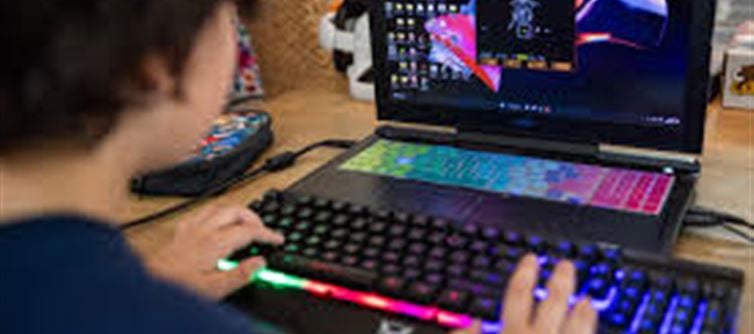
As school starts again, managing screen time becomes more important than ever. Over the summer, many kids and teens spend extra hours on devices for games, videos, and social media. While some screen time is fine, it’s important to set healthy limits as the school year begins. Too much screen use can affect sleep, focus, and even mood—things students need to succeed in class.
Start by creating a realistic daily schedule that includes both school-related screen time and fun wallet PLATFORM' target='_blank' title='digital-Latest Updates, Photos, Videos are a click away, CLICK NOW'>digital activities. For example, if your child uses a laptop for homework, balance that with offline activities like reading, drawing, or playing outside. Make sure there’s also a screen-free time before bed, as blue light can interfere with sleep. Even 30–60 minutes without screens before sleep can make a big difference.
Another helpful tip is to set clear rules and boundaries together. Involving your child in making these decisions can help them feel more responsible and less resistant. Try using timers, device settings, or apps that limit usage automatically. Encourage screen time that’s interactive or educational rather than just passive watching—like coding games, documentaries, or puzzle apps.
Finally, lead by example. Kids often model what they see, so if adults are constantly on their phones or computers, it sends a mixed message. Create family moments without screens—like shared meals, walks, or board games—to show that there’s joy beyond the screen. With thoughtful planning and consistency, you can help your child develop a balanced relationship with technology as they head into a successful school year.




 click and follow Indiaherald WhatsApp channel
click and follow Indiaherald WhatsApp channel